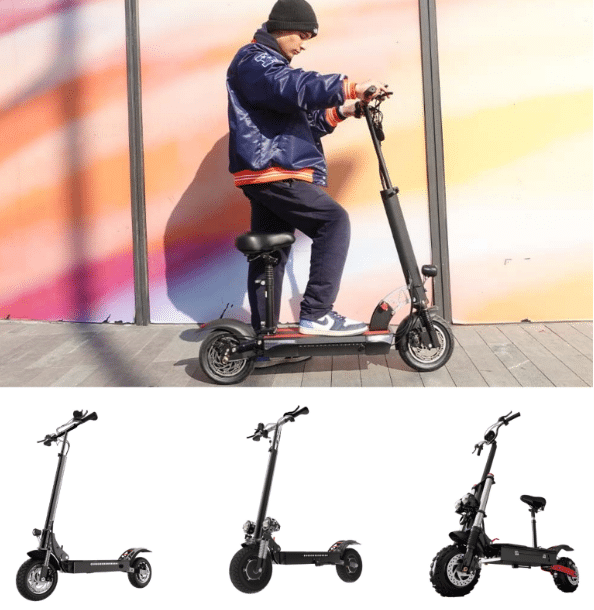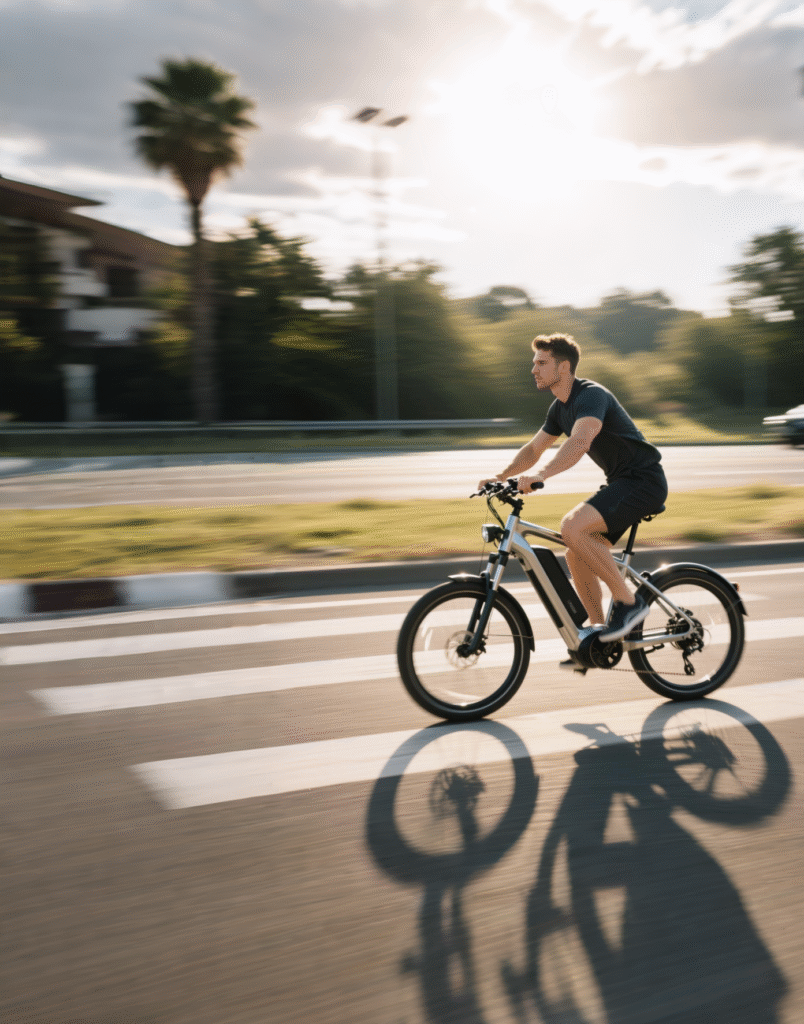How do you choose your scooter?
If you’ve ever been overwhelmed by the number of electric scooters on the market, you're not alone. With so many options, how do you pick one that really fits your needs?
To choose the right scooter, you need to know your purpose, set your expectations for quality and performance, and then match them to a scooter’s specifications. Once you know what you're looking for, testing online or offline options will help you lock in the right choice.

Many people jump into buying a scooter based only on price or appearance. But that's risky. In my experience, what matters more is understanding what you need the scooter for—short commutes, long rides, or maybe rental business. Once that's clear, you can look at specs, materials, and actual ride comfort. Let’s dive in.
What makes a good scooter?
It’s tempting to go for something that looks sleek or is heavily discounted. But a good scooter is more than its look or price.
A good scooter balances build quality, riding comfort, battery life, and safety. Look for solid materials, responsive brakes, stable speed, and reliable after-sales support. All these make a scooter dependable.

Dive deeper: Understand the key components
When someone asks me what makes one scooter better than another, I tell them: “It's in the details.” You need to look at the materials, components, and how they all come together.
Here's a breakdown:
| Component | What to Look For | Why It Matters |
|---|---|---|
| Frame Material | Full aluminum alloy | Strong, lightweight, rust-resistant |
| Motor Power | At least 500W (for urban use) | Handles slopes and provides speed |
| Battery Capacity | 10Ah to 20Ah (depends on range needs) | Longer rides without recharging |
| Suspension System | Front and/or rear shock absorbers | Better comfort on bumpy roads |
| Brake System | Disc or hydraulic brakes | Safer stopping, especially downhill |
| Tires | 8.5"–10", pneumatic preferred | More grip and shock absorption |
| Folding Mechanism | Strong locking and easy to fold | Easier transport and storage |
Let’s say you ride 5 miles daily on city roads. Then speed and battery life matter more than off-road performance. But if you're running a rental business, durability and quick maintenance might be your top priorities.
What to look for when buying a scooter?
Scooter shopping is not like grabbing a bike or skateboard. There are things that can make or break your daily ride.
When buying a scooter, look for range, top speed, weight limit, charging time, tire type, and warranty. These basic specs can tell you a lot about how the scooter will perform for your daily needs.

Dive deeper: Match specs with lifestyle
Here’s how to think about matching specs with your real-world usage. I’ve grouped it into buyer types to help you picture it better:
| Buyer Type | Ideal Specs | Why It Fits |
|---|---|---|
| Daily Commuter | 25–40km range, 25km/h speed, compact foldable frame | Reliable and easy to carry |
| Adventure Seeker | Dual motor, 40–60km range, strong suspension | Handles off-road and high speeds |
| Small Business Owner | Durable parts, modular components, fast repair | Saves time and costs in rental models |
| Beginner Rider | Light frame, 20–25km/h, simple controls | Easy to manage and safe to ride |
Also, don’t forget weight. A powerful scooter sounds nice until you have to lift it up the stairs. That’s why I always tell customers: try lifting it yourself before buying. It might change your mind.
How do I know what scooter to buy?
Sometimes you have a budget and some features in mind, but it’s still hard to decide. That’s normal.
You can figure out what scooter to buy by knowing your priorities first—whether it’s range, speed, weight, or design—and checking user reviews or trying scooters in person. That will help you see the differences clearly.
Dive deeper: Use test rides and reviews to filter out the noise
Online specs don’t tell the full story. A scooter that looks great on paper might feel uncomfortable in real life. Here are my go-to steps when I help customers choose:
- List Priorities – Rank what matters: speed, range, weight, folding, etc.
- Set a Budget – It narrows your search and saves time.
- Read Reviews1 – Focus on detailed ones that mention riding style, comfort, and after-sales support.
- Test in Person2 – Visit stores or expos if you can. Real riding makes a difference.
- Check Warranty & Support3 – This is where many cheaper scooters fall apart.
I once had a customer buy a scooter purely based on looks. After two months, the motor overheated and there was no support from the seller. He switched to us after that, realizing how much after-sales service matters.
Conclusion
Choosing a scooter comes down to knowing what you need, checking the specs, and testing the ride. Don’t rush it—your comfort and safety depend on getting it right.
Table of contain
-
Detailed reviews provide insights into riding style and comfort, helping you make an informed decision. ↩
-
Testing in person allows you to experience the scooter's performance and comfort firsthand, ensuring a better fit for your needs. ↩
-
Understanding warranty and support options can save you from future headaches and ensure your investment is protected. ↩





